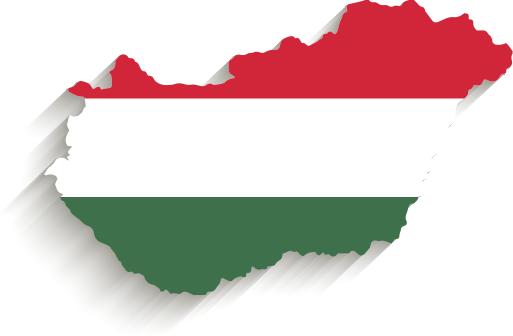(Grant Agreement n. 669194)
During the late 1950s and early 1960s, the Hungarian Workers’ Socialist Party (HSWP) accepted and supported the Soviet stance on the European Economic Community (EEC). Although the purpose of improving relations with Western European countries was explicitly formulated in 1963-64, Budapest did not follow the Romanian pattern of having an independent national policy but instead aimed to simultaneously open towards the West and maintain fidelity to the Eastern alliance. However, already in 1965 the Ministry of Foreign Trade argued that Hungary should build its own contacts with the EEC independently of the Council for Mutual Economic Assistance (CMEA) in order to gain advantages in exchange for diplomatic recognition. By 1968, it became evident that Western European integration was not only a reality but also irreversible, and it would deepen in the following years. Therefore, the highest echelons of the state bureaucracy, and especially the Ministry of Foreign Trade, were taking into account the long-term interests of Hungary when they proposed a cautious opening towards the EEC. However, official recognition was still out of the question.
In the 1970s, Western European countries, and particularly the EEC market, had growing importance for Hungarian trade. At the same time, the EEC’s common tariff system and its protectionism negatively affected Hungary’s export interests in several fields. Budapest attempted to achieve cancellation of discriminatory measures in three multilateral forums: the General Agreement on Tariffs and Trade (GATT), the Conference for Security and Cooperation in Europe and in talks that had been opened in the meantime between the CMEA and the EEC. Despite its GATT membership since September 1973, Hungary was still classified as a state-trading country and the specific quantitative restrictions remained in force. The oil price crisis led the party to rethink Hungarian foreign economic policy and a gradual change of attitude towards Western integration emerged. In April 1977, the HSWP Political Committee adopted a resolution on foreign economic policy that called for Hungary to urge for negotiations between the CMEA and the EEC and expedite pan-European economic cooperation in the interest of peaceful development in Europe.
After a stalemate in the CMEA-EEC talks, Hungary initiated ‘bilateral’ talks with the EEC Commission in November 1982 at the GATT ministerial meeting. Over the following two years, these negotiations proceeded in three rounds. They were directly supervised by Vice Prime Minister József Marjai and were conducted by Minister of Foreign Trade Péter Veress. However, the talks were adjourned without any concrete result since Budapest did not intend to risk displeasing Moscow by signing an agreement with the EEC, and on the other hand the EEC did not wish to offer special treatment to Hungary.
However, things changed in the mid-1980s when the European Parliament issued a report on trade relations between the EEC and Hungary which appreciated the Hungarian reform measures. On 23 June 1986, the European Parliament passed a resolution calling on the EEC to do everything in its power to reach an agreement on trade and economic cooperation with Hungary tailored to its economic and political characteristics. EEC-Hungary talks soon started thereafter.
Different groups in the Hungarian elite had varying attitudes towards the EEC in the investigated period. These groups can be explained by their differing tasks and focal points. The party’s standpoint underwent a radical transformation during the long 1970s. Meanwhile, latent debates polarised the older and younger generations of party apparatchiks. The ‘hawks’ in the HSWP had an aversion to more intensively cooperating with the West and they remained loyal to the original Soviet position on the EEC. However, starting with the first wave of reformists and continuing with young technocrats, the ‘doves’ believed in inter-bloc cooperation and wished to obtain external support for Hungary’s internal political and economic reforms through a demonstrative agreement with the EEC. Within the state apparatus, the Ministry of Foreign Trade first formulated Hungary’s genuine interest and then managed its GATT accession. However, it did not understand the signs of the time when it opposed a political deal with the EEC. The Ministry of Foreign Affairs created several new pan-European cooperation initiatives but never questioned the dogma of diplomatic non-recognition of the EEC. Business executives concentrated on working for profit. Even at the expense of circumventing the EEC regulations, they rarely tackled theoretical trade issues. The national bankers’ approach to the EEC was determined by Hungary’s financial balance and indebtedness. The lack of a trade agreement hampered export expansion and so weakened the Hungarian economy. Experts and academics had a prominent role in understanding changes in the world economy and re-formulating attitudes towards the West.
* All the texts about Hungary posted here summarise the research findings of PanEur1970s team member Pàl Germuska, which are published as Pàl Germuska, “Attraction and Repulsion: Hungary and European Integration”, in Angela Romano and Federico Romero (eds), European Socialist Regimes’ Fateful Engagement with the West: National strategies in the long 1970s (Routledge 2020).
